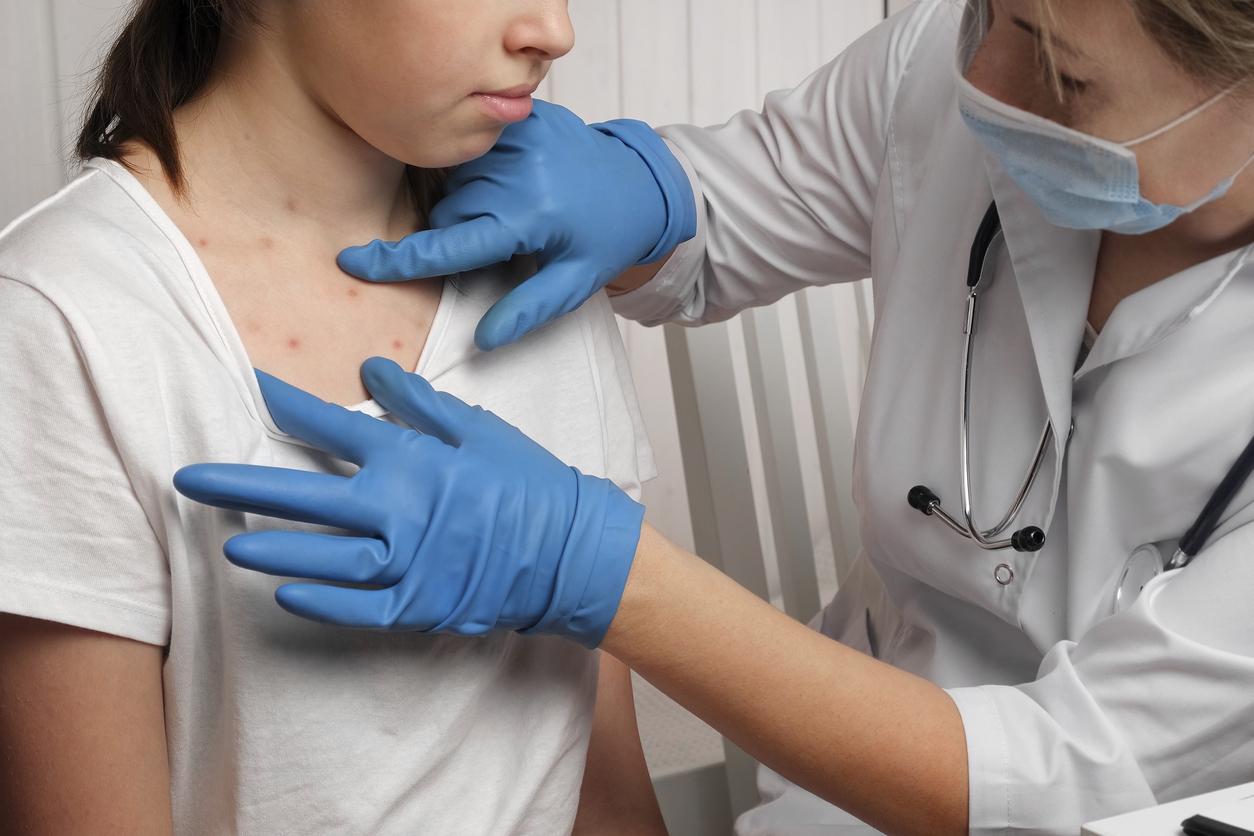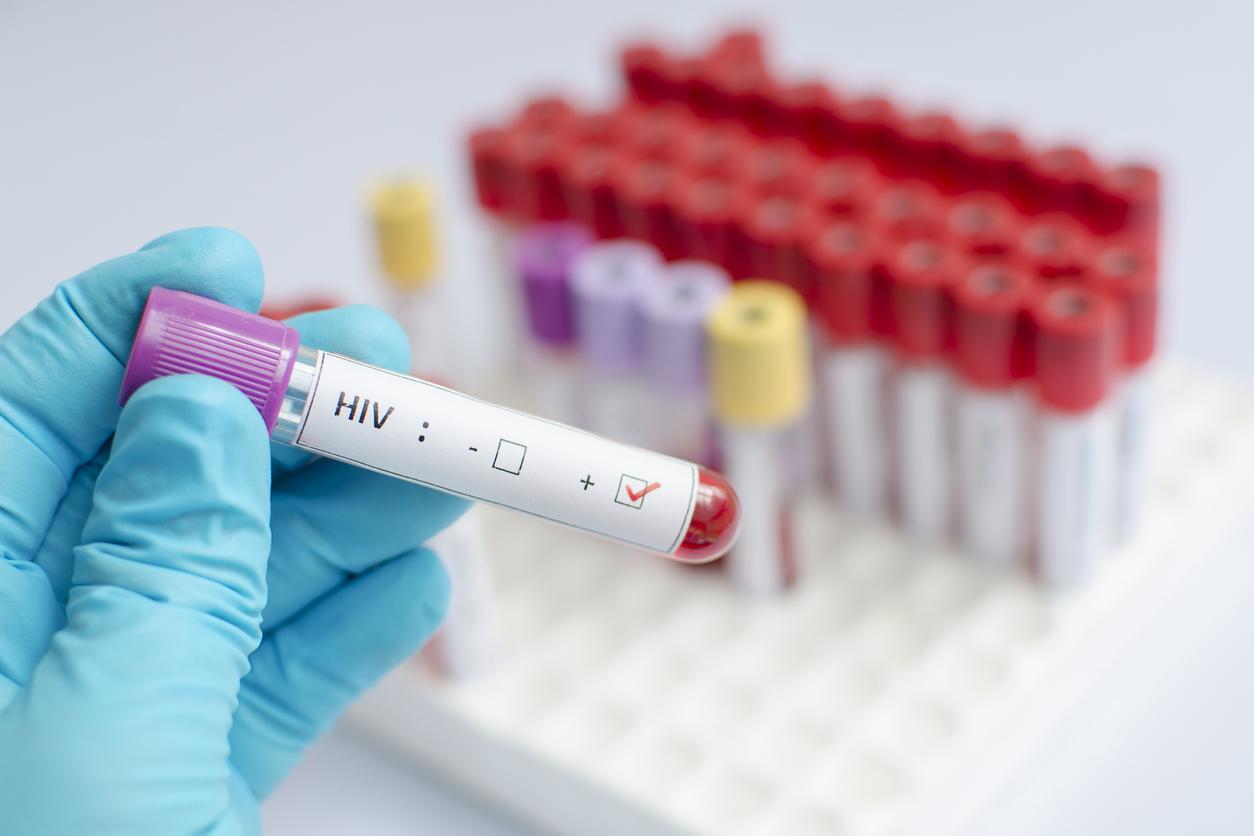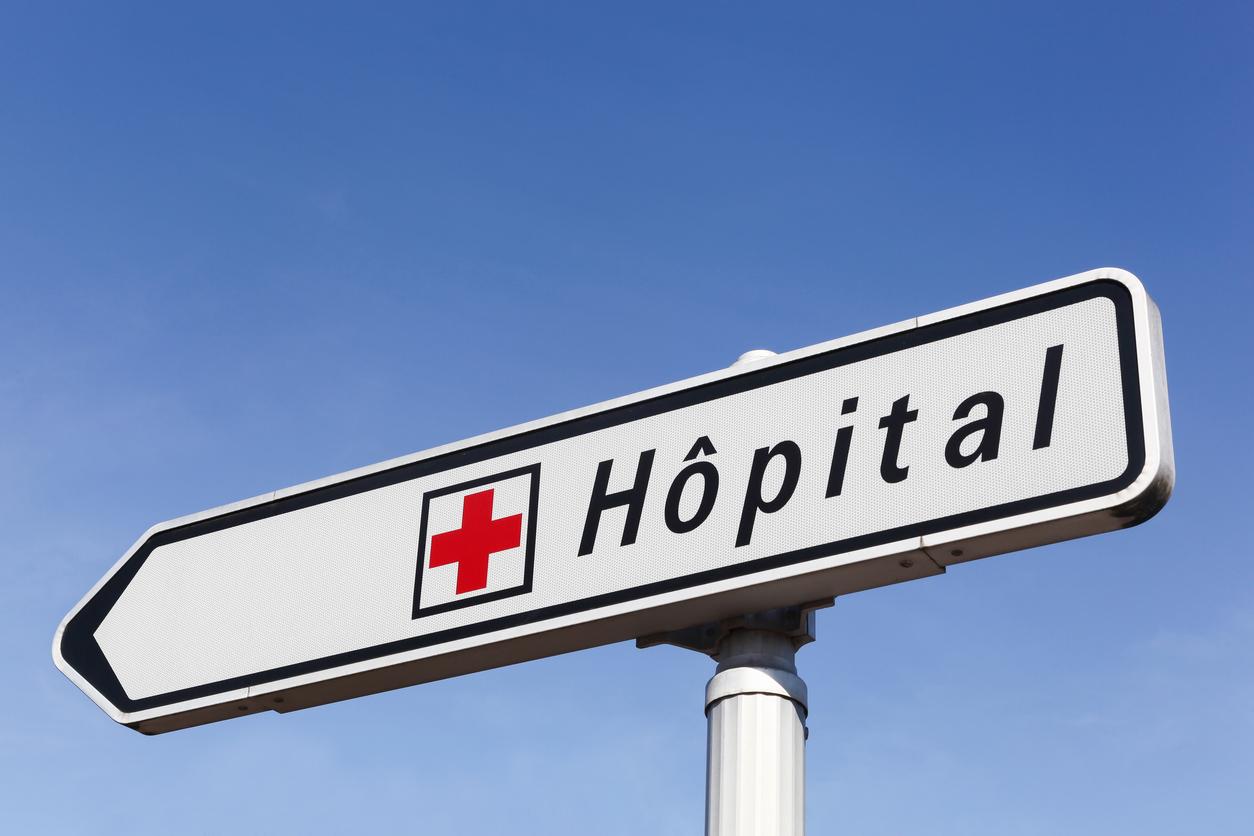In recent weeks, Public Health France has observed an increase in visits to Emergency Departments for suspected Covid-19 infection. At first, it is mainly the EG.5.1 variant, called Eris, which appeared to be spreading. But health authorities have just confirmed that another variant, the BA.2.86 variant, named Pirola on social networks has also appeared in France.
A first case has indeed been identified in a patient from the Aube department. This Pirola variant is the subject of particular attention at the international level because of its atypical genetic profile and the large number of mutations it presents.
Should we be worried about the new Pirola variant?
“At this stage the emergence of the BA.2.86 variant is still too early to be able to assess its characteristics and its impact” underlines Public Health France. “However, the immune status of the world population is very different from what it was when Omicron emerged, with a significant proportion of people vaccinated or having been infected by different successive variants, allowing some protection to be maintained, especially against severe forms”.
The main characteristic symptoms of Pirola are very similar to those of the flu:
- A fever of 38°C persisting for several days
- Symptoms similar to a severe cold
- Headaches
However, most of those affected (especially in Catalonia, Israel, Denmark or Sweden) had no apparent symptoms.
Vigilance among those over 70
In week 34 (from August 21 to 27, 2023), the number of visits to the emergency room for suspected Covid-19 of all ages remains on the rise, but less markedly than the previous week. The proportion of hospitalizations after visits to the emergency room remains stable and hospitalizations in intensive care remain at a very low level.
“The incidence of Covid-19 in France continues to increase, but slightly slower than last week, going from 18 to 24 laboratory-confirmed cases per 100,000 inhabitants (an increase of 33%). The incidence rate increases in all age groups, but is highest among those aged 70 and over” emphasizes Public Health France.
Which are the 6 most affected regions?
As in previous weeks, most positive cases confirmed in the laboratory comes from the same 6 regions:
- New Aquitaine (1554 new cases)
- Occitanie (2111 new cases)
- Ile-de-France (2704 new cases)
- Provence-Alpes-Côte d’Azur (2,244 new cases)
- Auvergne-Rhône-Alpes (1943 new cases)
- Grand Est (1757 new cases)
The increase in cases at the national level is mainly driven by regions very frequented by vacationers during the summer. However, the appearance of the Grand-Est among the affected regions shows that the situation is evolving with the return of the holidays and the start of the school year.
What are the symptoms of the Eris variant
The EG.5 variant is a descendant of omicron, which remains the most common strain of coronavirus in the world. Although it seems to be transmitted quite easily, it is not more virulent for all that and for the moment, there is no indication that it would cause a serious form of the disease.
Symptoms of this new variant are generally the same as for other Omicron strains. They understand :
- a dry cough
- headaches
- a runny nose
- sneezing
- sore throat
- fatigue.
These symptoms are often mild. “It’s probably because there’s so much immunity in the population that infections are going to seem a little less severe.” explains Professor Andrew Pekosz, vice-president of the Department of Molecular Microbiology and Immunology at Johns Hopkins University.
The people most at risk, who may need to consider wearing a mask again in transport and public places, are the elderly as well as those with comorbidities (cancer, diabetes, heart failure, COPD, obesity, etc.).


















